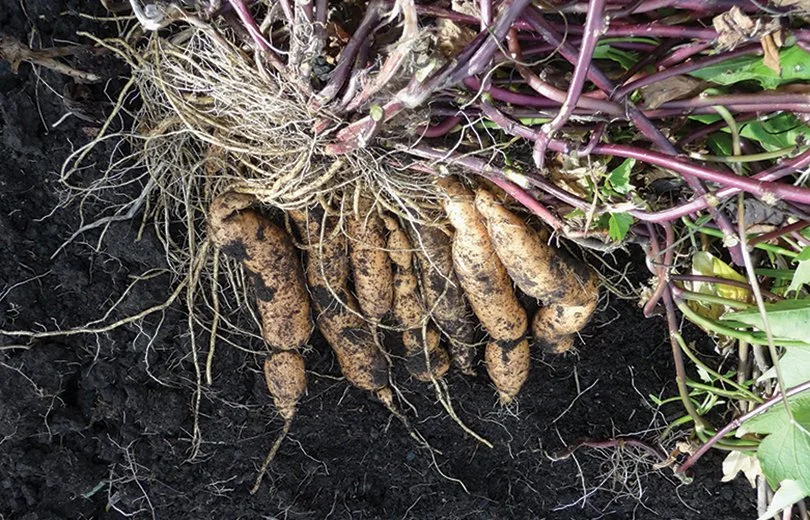Championing Te Rēo over the weeks of Mahuru Māori
He kai kei āku ringaringa.
There is food at the end of my own hands.
Whakanuia ō tātou toa reo Māori, e 50 tau ki muri nei. Honouring our Māori language champions, 50 years on.
Te Wiki o te Reo Māori. 12-18 Mahuru 2022.
Back on the 1st of August 1980 many marched the Capital streets with a determined call for equality. As the hikoi in Te Whanganui-a-Tara unfolded, passionate pleas were heard across the motu, ultimately landing in a buzz at Beehive. Those who marched were fiercely advocating for Māori language to have equal status with English – although it would take another seven years before Te Reo Māori would become recognised as an official language of Aotearoa. (English does not have this status. There are two official languages in Aotearoa New Zealand – Māori and New Zealand Sign Language).
Rewind to the beginning of the 19th century, Te Reo Māori was a thriving language and the predominant spoken in Aotearoa. As the population diversified and more English speakers arrived, Te Reo was increasingly confined to Māori communities. By the 20th century there were concerns for the decline in native speakers and revival efforts kicked in. Fast forward to the beginning of the 21st century, Te Reo Māori was listed by the United Nations Educational, Scientific and Cultural Organization as 'vulnerable', and since then much revitalisation has passionately ensued. As a country we delegate a week-long commemoration – Te Wiki of te Reo, this year acknowledged 12th to 18th Mahuru (September).
In addition to language loss over the turn of centuries, so came the depletion of life-giving traditional knowledge and customary practices for the growing and harvesting of nutritional kai – although we give witness to the heroic efforts and initiatives that have endured, focused on Māra and Mahinga Kai despite this.
This matters because of the socio-cultural factors associated with food security. A paper published last July within the International Journal for Equity in Health states, “The United Nations Convention on the Rights of the Child confirms a child’s right to adequate food, and to the highest attainable standard of health. For indigenous children, these rights are also recognised in the UN Declaration on the Rights of Indigenous Peoples. However, Indigenous children endure higher rates of obesity and related health conditions than non-indigenous children, including in Aotearoa New Zealand (NZ). For indigenous tamariki (Māori children) in NZ, high levels of obesity are interconnected with high rates of food insecurity.”
With ancestral roots deeply connected to whenua, from a Te Ao Māori lens, kai is strongly linked to overall health and wellbeing. Māori share with many other indigenous cultures a view that food not only determines physical health but also emotional, psychological and spiritual wellness. Kai plays a major role in socio-cultural activities, often defined culturally – including the choice, preparation, consumption, and acquisition of kai; as well as the cultural values, attitudes and beliefs associated with kai imbedded in social behaviour.
In a contemporary sense, as different people have arrived from all throughout the world to call Aotearoa home, the range of languages spoken in our society has become more and more diverse and we now have more than 25 spoken in Aotearoa. This plays a critical role in helping us to us learn about our own heritage, as well as those from different communities. Unity through diversity. He tina ki runga, he tāmore ki raro! In order to flourish above, one must be firmly rooted below.




